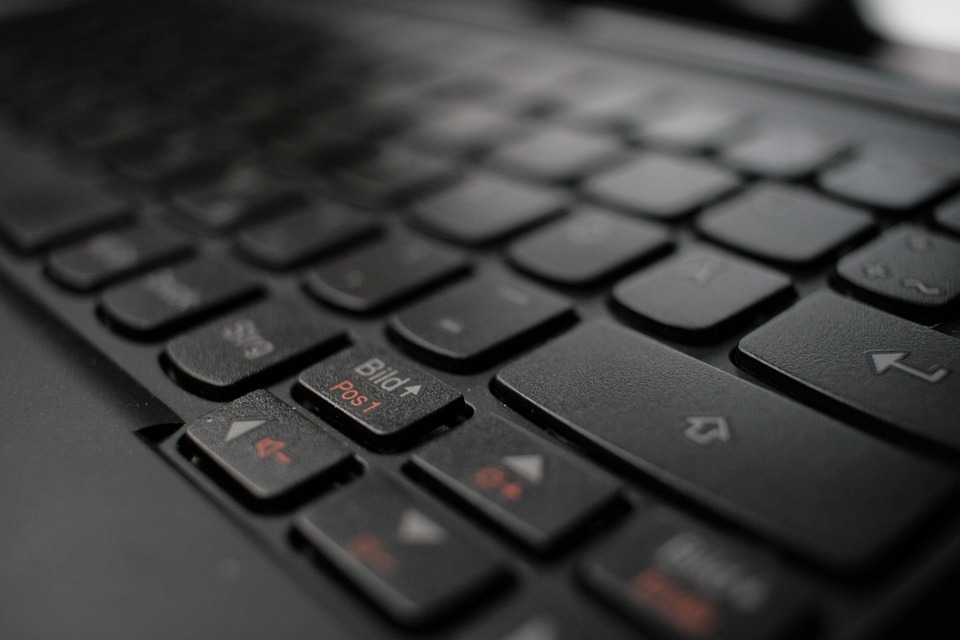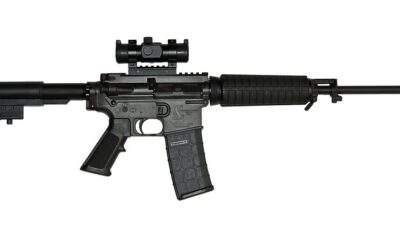In an age where technology is evolving at an unprecedented pace, building a custom PC has become an increasingly popular pursuit among tech enthusiasts and gaming aficionados alike. Whether you’re looking to improve gaming performance, enhance productivity for work, or simply explore your creativity, creating a custom PC can be both a rewarding and empowering experience. This beginner’s guide will walk you through the essentials of custom PC building, breaking down key components, tools needed, and invaluable tips to set you on the right path.
What is a Custom PC Build?
A custom PC build involves selecting and assembling individual hardware components to create a computer tailored to your specific needs. Unlike pre-built systems, which are sold as complete units, custom builds allow for personal customization in performance, aesthetics, and functionality.
Why Build Your Own PC?
-
Cost-Efficiency: Building your own computer can often save you money. You won’t be paying for unnecessary features or markup associated with pre-built machines.
-
Customization: Tailor every aspect of your PC to meet your exact requirements—choose a powerful graphics card for gaming, extra RAM for multitasking, or specialized cooling systems for overclocking.
-
Upgradability: Custom builds are easier to upgrade. As your needs evolve or as technology advances, you can replace or add components without the constraints of a pre-built system.
- Learning Experience: Learning how to build a PC demystifies technology, giving you greater insight into how computers work, which can be useful in troubleshooting future issues.
Essential Components for Your Custom PC
-
Central Processing Unit (CPU): The brain of your PC, determining how fast tasks are completed. Popular options include Intel and AMD processors.
-
Motherboard: This is the backbone of your computer that connects all components. Ensure its socket matches your CPU and it has enough ports for your needs.
-
Graphics Processing Unit (GPU): Crucial for gaming and graphic design, the GPU handles rendering images and videos. Nvidia and AMD dominate this market.
-
Memory (RAM): RAM affects multitasking and overall speed. A minimum of 16GB is recommended for gaming and creative work, while 8GB might suffice for everyday tasks.
-
Storage: Choose between SSDs for speed and HDDs for capacity. Many builders opt for a combination of both.
-
Power Supply Unit (PSU): Provides power to your components. Consider a PSU with a higher efficiency rating to reduce electricity costs and enhance reliability.
-
Case: Your computer’s housing. Ensure it has enough space for your components and adequate airflow to keep everything cool.
-
Cooling System: Keeping your components cool is crucial. Options include air coolers and liquid cooling systems, depending on your needs and budget.
- Operating System (OS): You’ll need an OS like Windows, Linux, or macOS to get your PC up and running.
Tools You Will Need
- Screwdrivers (usually Phillips)
- Anti-Static Wrist Strap (to prevent static discharge)
- Zip Ties or Velcro Straps (for cable management)
- Thermal Paste (if not pre-applied on your CPU cooler)
- A Working Surface (a clean, flat, and static-free environment)
Steps to Building Your PC
-
Plan Your Build: Research components that fit your budget and needs. Use compatibility tools available on various websites to ensure everything works together.
-
Gather Components: Purchase your chosen parts from reputable retailers, checking for warranties and return policies.
-
Prepare Your Workspace: Clear a space and lay out your components. Make sure you have adequate lighting and a comfortable working position.
-
Assemble the Components:
- Start with the motherboard, installing the CPU and RAM first.
- Mount the motherboard in the case.
- Install the GPU, storage devices, and PSU.
- Connect all power and data cables securely.
- First Boot and OS Installation: Once assembled, power on your PC. Enter the BIOS to ensure all components are recognized before installing your operating system.
Troubleshooting Tips
- No Power: Check power supply connections, switch testing units if necessary.
- No Display: Reseat the GPU and monitor cables; check compatibility issues.
- Overheating: Ensure fans are installed correctly, thermal paste is applied properly, and airflow is optimized.
Final Thoughts
Building your own PC might seem daunting at first, but with careful planning and a willingness to learn, it can become an exciting venture. As technology continues to advance, a custom PC build will not only cater to your immediate requirements but also evolve alongside your future needs. Embrace the challenge, and you might just find yourself with a powerful machine uniquely suited to your passions and workflows. Happy building!



